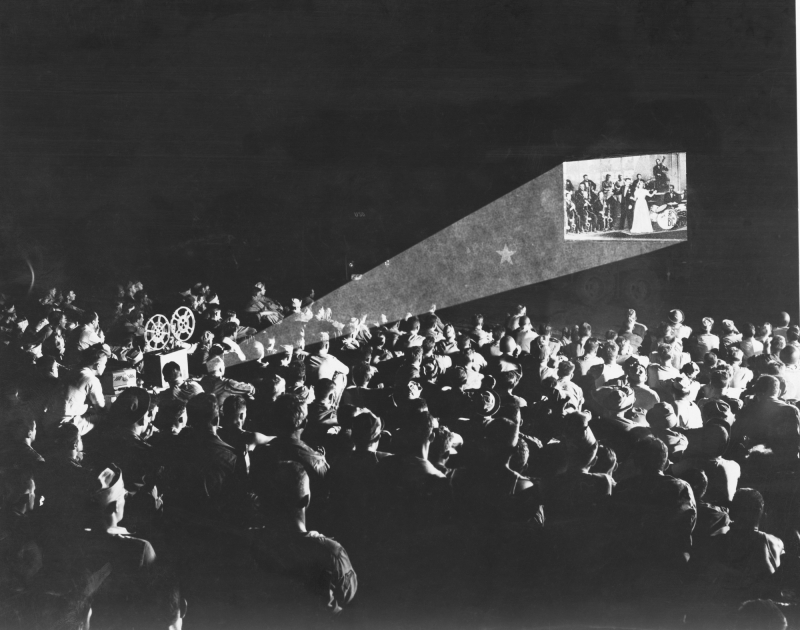It all started with short films documenting historical events, such as the First Russian Revolution of 1905-1907, but the range of genres grew rapidly and by 1920, over 2,700 films were shot in Russia, though, unfortunately, only around 300 of them are available today, as the rest were lost or damaged over the years.
The first Russian film company was founded by Alexander Drankov, a photographer and owner of dozens of St. Petersburg-based photo studios. After he traveled abroad and visited cinemas, he decided to focus on movie-making himself. It wasn’t easy to start up a whole new industry – at first, the film-making process was an uncharted territory and both the crews and the actors weren’t sure how everything worked.
However, after some not-so-successful attempts, one of the very first Russian short films, Stenka Razin (1908) was completed and received rather warmly. It’s based on a tragic story (possibly only a legend) of a beautiful foreign princess who was captured by Cossacks and thrown into the river Volga as a sort of a sacrificial offering.
Animated films by Vladislav Starevich (such as The Beautiful Leukanida (1912) and The Cameraman's Revenge (1912)) were also a breakthrough for both Russian and global cinema, being some of the very first stop motion films. Their main characters are bugs that satirically represent aristocrats and film-makers of the time. This was so unusual for the contemporaries that many believed the insects were actually alive and somehow trained to perform.
Another milestone for early Russian cinema were Paul Timan’s films. Among his most popular works were film adaptations of classical books. He produced the popular and well-received Russian Golden Series, which included adaptations of works by Leo Tolstoy, Mikhail Lermontov, and Alexander Pushkin. Some of the films, like The Fountain of Bakhchisaray (1909) and Demon (1911), are now lost, but others are still available now, over a hundred years later – for example, Anna Karenina (1914).
Yakov Protazanov, who directed the series, further continued to work on film adaptations and also shot The Queen of Spades (1916), in which he used a brand-new technique of that time – the point-of-view angle.
In 1919, the diverse Russian film industry was nationalized, which represented the dawn of Soviet cinema, with masterpieces by Sergei Eisenstein and Dziga Vertov – but that’s worth a whole other story.




